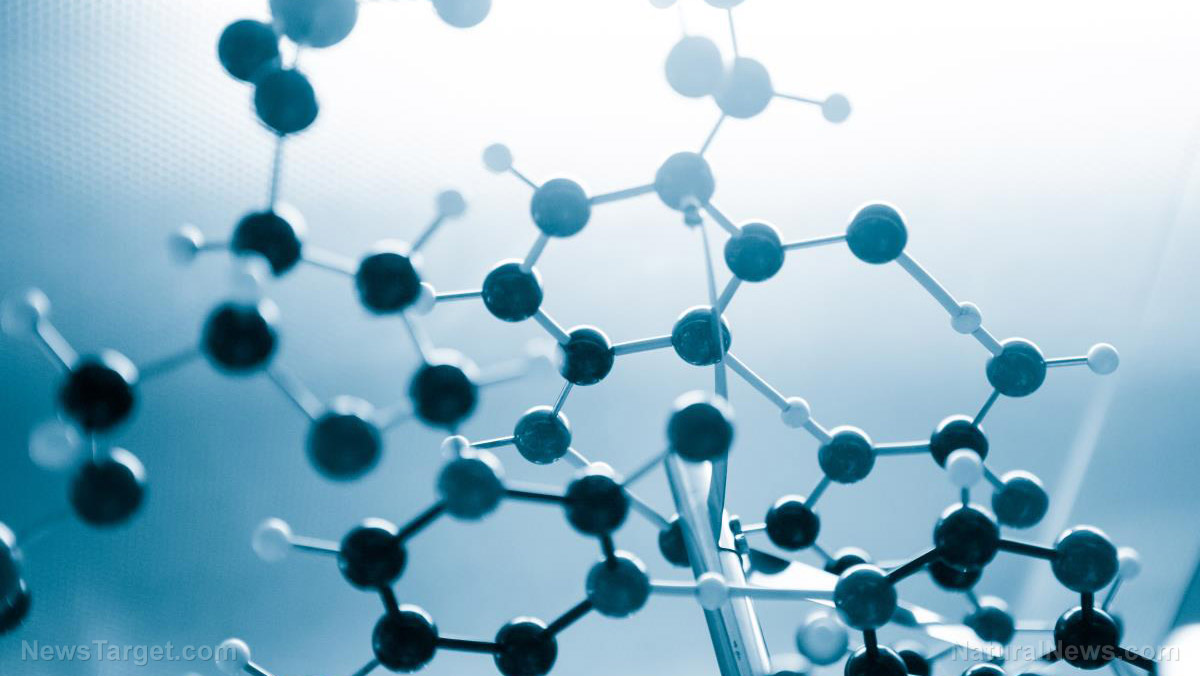
Advertisement
After nearly four decades of hard work, researchers have finally been able to come up with an artificial material that does not get thinner when it is forced to stretch. Instead, it is the first synthetic that actually gets thicker thanks to the property of auxetic stretching.
Auxetics are materials and structures that do the opposite of what most objects do when subjected to elastic stretching. Instead of becoming thinner and more fragile, they get wider and sturdier.
Examples of natural auxetic materials are the skin of a cat, the inner layer of a mussel shell, and the tendons that anchor bones and muscles together. The substance revealed by University of Leeds researcher Devesh Mistry is the first synthetic that can achieve similar physical feats.
This new non-porous material – detailed in a study published in the Nature Communications journal – is the product of close to 40 years of experimentation with artificial auxetic materials. Furthermore, it was produced through a different and simpler approach than the ones many researchers have been resorting to. (Related: Splitting sunlight: Researchers have created a film for greenhouses that increases plant growth and purifies water.)
Researchers have finally replicated the auxetic elasticity of human tendons
Earlier attempts at creating artificial auxetic materials used intricate engineering methods to arrange conventional materials in the desired structure. However, these methods take a lot of time, cost more than the end product was worth, and could result in flimsier products full of pores that weaken the structure.

The Leeds research team came across a molecular-based approach to create a synthetic auxetic. While they do not yet fully grasp the means by which the stretched material becomes thicker, they believe it could eventually be put to good use.
“This is a really exciting discovery, which will have significant benefits in the future for the development of products with a wide range of applications,” announced Mistry, the lead researcher of the project. “This new synthetic material is inherently auxetic on the molecular level and is therefore much simpler to fabricate and avoids the problems usually found with engineered products.”
He noted that auxetic materials are not just capable of increasing their thickness to compensate for stretching. They are also excellent at absorbing energy and withstanding fractures. Their properties make them the perfect material for body armor, construction material, medical devices, and other items that need to retain their transversal strength even when they are being stretched to their limit.
Combining the rubbery behavior of elastomers with the special properties of liquid crystal
The world’s very first synthetic auxetic material has yet to receive a name. It was discovered by Mistry’s team during an investigation of liquid crystal elastomers.
Liquid crystals act like solids and liquids at the same time. Their unique properties enable the vibrant liquid crystal displays (LCDs) used by various mobile devices and televisions.
These crystals can be cross-linked using polymer chains. When that happens, they become liquid crystal elastomers, a new material that is both elastic and self-organizing. The altered properties of these rubbery materials open up new uses, one of which is auxetic elasticity.
The researchers reported that the auxetic ability of the liquid crystal elastomer comes from the molecular material and not the non-porous structure. Furthermore, it has a much bigger negative Poisson’s ratio than many naturally-occurring molecular auxetics.
“Our results demonstrate a new use for liquid crystals beyond the flat screen monitors and televisions many of us are familiar with,” said Helen Gleeson, the co-author of the study. “This new synthetic material is a great example of what physics research and exploring the potential of materials such as liquid crystals can discover.
Sources include:
Submit a correction >>
This article may contain statements that reflect the opinion of the author
Advertisement
Advertisements
















